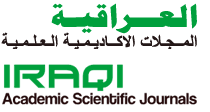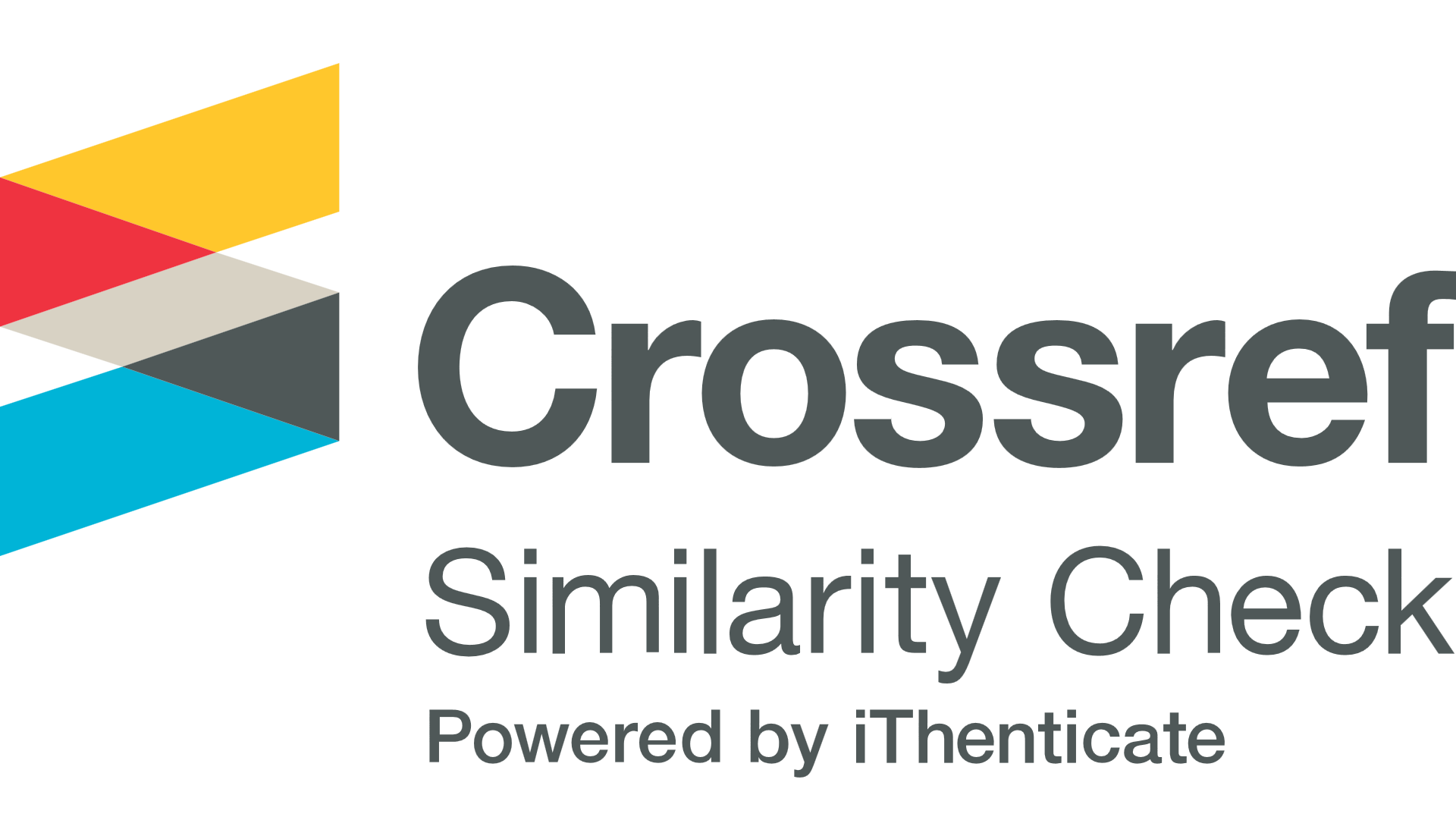Effect of poultry meat and its handlers in the local markets with germs Campylobacter jejunilcoli
Abstract
The study was conducted for isolation and identification ofCampylobacter jejuni/coli from contaminated poultry meat (poultrycarcasses and edible livers) which was collected from retails includingboth local and imported sorts. Samplesfrom employees dealing withpoultry meat were also included. Out of 372 poultry meat samplescollected from retails, 49 samples were positive with a percentage of13.16% of C. jejuni/coli, of which 43 samples11.55% for C. jejuni and 6samples 1.61 o/o for C. coli. Local poultry meat and edible livers samplesshowed significant differences in isolation rate23 .9% for local poultrycarcasses, and 13.4% for livers; compared with the imported poultrycarcasses 5.6%, thigh 9.8%; and edible livers 5.4%. In addition, retailemployees showed isolation rate of 14.3%. Biotyping of C. jejuni isolatesshowed that biotype I was the predominant one with a percentageof74.4%, followed by biotypell, III, 11.63%, and the lowest was biotypeIV 2.3%. However, all of the C. coli isolates were belonged to biotype I100%. Antimicrobial sensitivity to different Campylobacter isolatesshowed high sensitivity rate to Nitrofuratoin, Neomycin, Gentamycin andTetracyclin, with absolute resistancy to penicilline and Amoxycilline.





